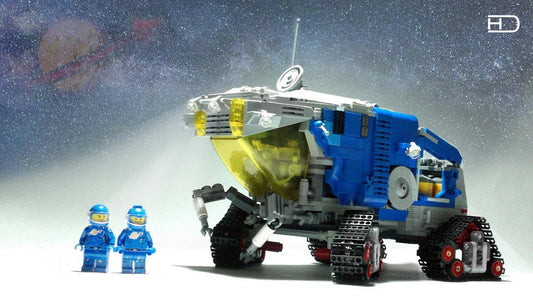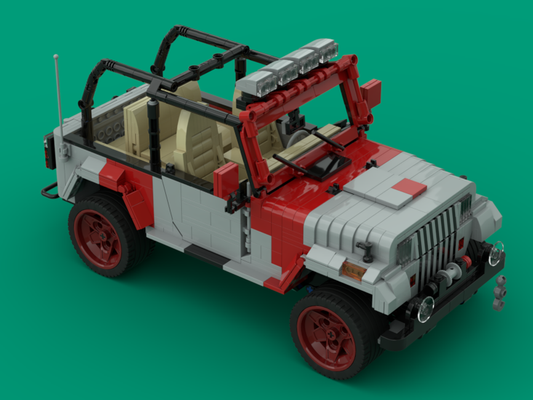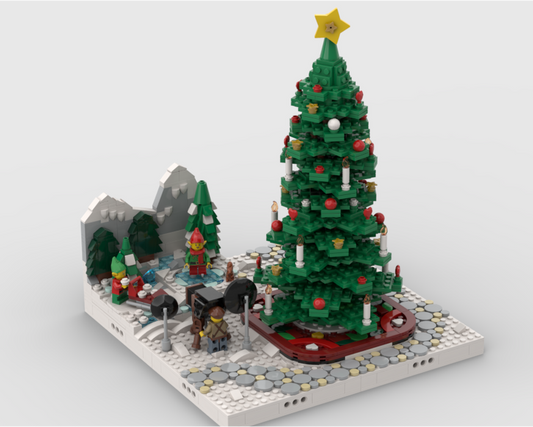

Quick 5 ideas for Lego Atlantis MOCs
Inspiring Ideas
View all-

10 Inspiring Space Rover LEGO MOCs: Instruction...
10 Inspiring LEGO Space Rover MOCs Space rovers are the ultimate blend of rugged engineering and sci-fi imagination. Whether you’re channeling Apollo-era exploration, rolling across rusty Martian plains, or scouting...
10 Inspiring Space Rover LEGO MOCs: Instruction...
10 Inspiring LEGO Space Rover MOCs Space rovers are the ultimate blend of rugged engineering and sci-fi imagination. Whether you’re channeling Apollo-era exploration, rolling across rusty Martian plains, or scouting...
-

10 Inspiring Jurassic Park Jeep LEGO MOCs: Inst...
Jurassic Park Jeep — 10 Inspiring LEGO MOCs to Build Your Ultimate Isla Nublar Convoy If the rumble of a V6 through jungle mud makes your builder brain tingle, Jurassic...
10 Inspiring Jurassic Park Jeep LEGO MOCs: Inst...
Jurassic Park Jeep — 10 Inspiring LEGO MOCs to Build Your Ultimate Isla Nublar Convoy If the rumble of a V6 through jungle mud makes your builder brain tingle, Jurassic...
-

10 Inspiring Christmas tree LEGO MOCs: Instruct...
10 Inspiring LEGO Christmas Tree MOCs Nothing says “holidays” in a LEGO city quite like a beautiful Christmas tree scene. Whether you’re building a cozy Winter Village square, a busy...
10 Inspiring Christmas tree LEGO MOCs: Instruct...
10 Inspiring LEGO Christmas Tree MOCs Nothing says “holidays” in a LEGO city quite like a beautiful Christmas tree scene. Whether you’re building a cozy Winter Village square, a busy...
1
/
of
3
Do you have an article request? Found a broken link or any problem? Contact us and we will take care of it as soon as possible :)

Join my Journey
Sign up now and support us on Patreon to receive monthly special discounts.

YouTube member
Become a YouTube member and unlock exclusive access to a wide variety of building instructions








